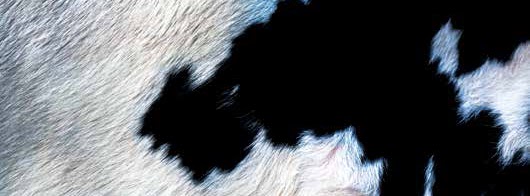by Chris Jackson, Export Manager UK TAG
First published in Milling and Grain, August 2015
This month I am writing my column from Indonesia having led a group of UK companies to the Indo Livestock exhibition held this year in Surabaya, the second biggest Indonesian city. Surabaya is located in the East Java region, one of the most important agricultural regions in the country.
Demonstrating the importance of agriculture here, the exhibition was opened by their Director General of Livestock and Animal Health Services, Dr Ir Muladno. Our exhibitors were kept very busy throughout the show, hopefully good business will follow benefiting both countries.
This is a country where the Government wants to see serious improvement to the agricultural sector for three reasons:
In addition to marketing, at village level the cooperative takes back the cows from the farmers when their lactations finish and return them to the dairy farmers once they have calved down again. This way they only keep cows that are producing an income. In return for this service, the cooperative keep the calves, they sell on bull calves whilst retaining heifers for herd replacements and expansion.
An insemination service is also provided for the farms. Sexed semen of the Holstein breed seems to be the animal of choice, likely because it has a short production life and there can be difficulty in maintaining herd numbers.
Read the full article in Milling and Grain HERE.
First published in Milling and Grain, August 2015
This month I am writing my column from Indonesia having led a group of UK companies to the Indo Livestock exhibition held this year in Surabaya, the second biggest Indonesian city. Surabaya is located in the East Java region, one of the most important agricultural regions in the country.
Demonstrating the importance of agriculture here, the exhibition was opened by their Director General of Livestock and Animal Health Services, Dr Ir Muladno. Our exhibitors were kept very busy throughout the show, hopefully good business will follow benefiting both countries.
This is a country where the Government wants to see serious improvement to the agricultural sector for three reasons:
- To cut their reliance on imported products
- Establish a significant export trade using their abundant natural resources
- Significantly improve rural incomes
In addition to marketing, at village level the cooperative takes back the cows from the farmers when their lactations finish and return them to the dairy farmers once they have calved down again. This way they only keep cows that are producing an income. In return for this service, the cooperative keep the calves, they sell on bull calves whilst retaining heifers for herd replacements and expansion.
An insemination service is also provided for the farms. Sexed semen of the Holstein breed seems to be the animal of choice, likely because it has a short production life and there can be difficulty in maintaining herd numbers.
Read the full article in Milling and Grain HERE.
The Global Miller
This blog is maintained by The Global Miller staff and is supported by the magazine GFMT
which is published by Perendale Publishers Limited.
For additional daily news from milling around the world: global-milling.com



No comments:
Post a Comment